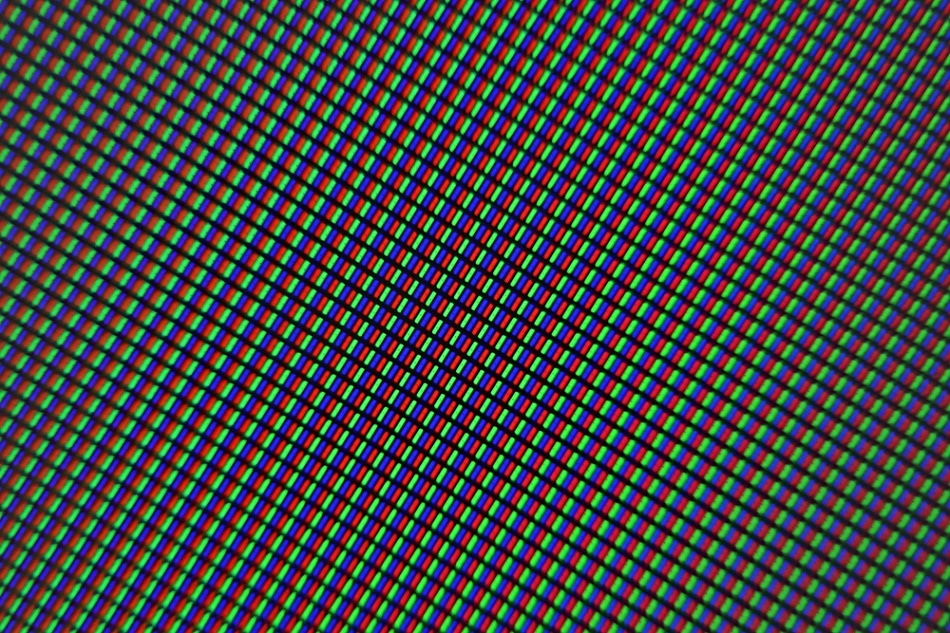Feb 22 2017
 Shu Ba/Shutterstock.com
Shu Ba/Shutterstock.com
In order to enhance the performance and resolution of next-generation displays, individual pixel sizes should be made smaller and the tolerance for glass relaxation has to be tightened.
Although display manufacturers can come up with a specific level of relaxation in glass (related to the intermolecular rearrangement) if it is reproducible and familiar, variations in the relaxation function can lead to uncertainty in the manufacturing procedure, probably causing misalignment of pixels in the displays.
Such fluctuations are the result of minute fluctuations in the thermal history of the glass, and it is unfortunate that a systematic analysis of the factors governing variations in the relaxation behavior of glass is lacking.
However, recently, Qiuju Zheng, an associate professor at Qilu University of Technology, China, and John Mauro, senior research manager of glass research at Corning Inc. (a glass manufacturer), have developed an innovative modeling technique for quantifying and predicting variations in the relaxation behavior of glass.
The outcomes of their study have been reported this week in The Journal of Chemical Physics, published by AIP Publishing. Importantly, the research offers better insights into the physical origins of such variations.
Glass is a thermodynamically unstable material that continually relaxes toward the supercooled liquid state. This relaxation is a spontaneous process that’s accelerated during heat treatment.
John Mauro, Senior Research Manager, Corning Inc
Flat-panel display manufacturers deposit the thin-film transistors needed for the display by heating the glass. Glass has the ability to relax at the time of the heat-treatment process. This relaxation usually involves a minute shrinkage of the glass volume. If the relaxation goes uncontrolled, the shrinkage can cause misalignment of pixels and consequently a nonfunctioning display.
The research duo is considered to be the first to investigate the variations in the relaxation behavior of glass by paying attention to the magnitude of variation in the relaxation due to minute thermal fluctuations encountered by the glass, either at the time of initial glass formation or during the panel manufacturing procedure.
Their work also has direct industrial relevance, whereby determining the parameters that control relaxation fluctuations should help guide future glass composition.
As Mauro states, the deep understanding achieved through this study is “already being put to use developing our next-generation glass substrates for high-performance displays.”
There are many other properties of the glass that we’re interested in, and this provides one important component for a larger set of models that we use to help guide the design and development of new high-tech glass compositions.
John Mauro, Senior Research Manager, Corning Inc
At present, the researchers are aiming to solve an existing “big gap in building the connection between the physics of glass relaxation and the underlying glass chemistry,” stated Mauro.
The knowledge regarding such glass relaxation effects is concentrated around slight variations, usually computed in terms of parts per million of linear strain.
Since these effects are so subtle, we still don’t understand what’s changing in the underlying glass structure to facilitate this relaxation in terms of which elements in the glass are undergoing slight rearrangements in bond configurations, and why. Building this bridge between glass physics and glass chemistry is the next grand challenge that we should undertake.
John Mauro, Senior Research Manager, Corning Inc